What are the Best Ways to Inspect the Siding on My Home?
March 28th, 2013 | 4 min. read
By Jenica Lee
Get weekly updates with the most recent articles and videos from Southwest Exteriors.
Subscribe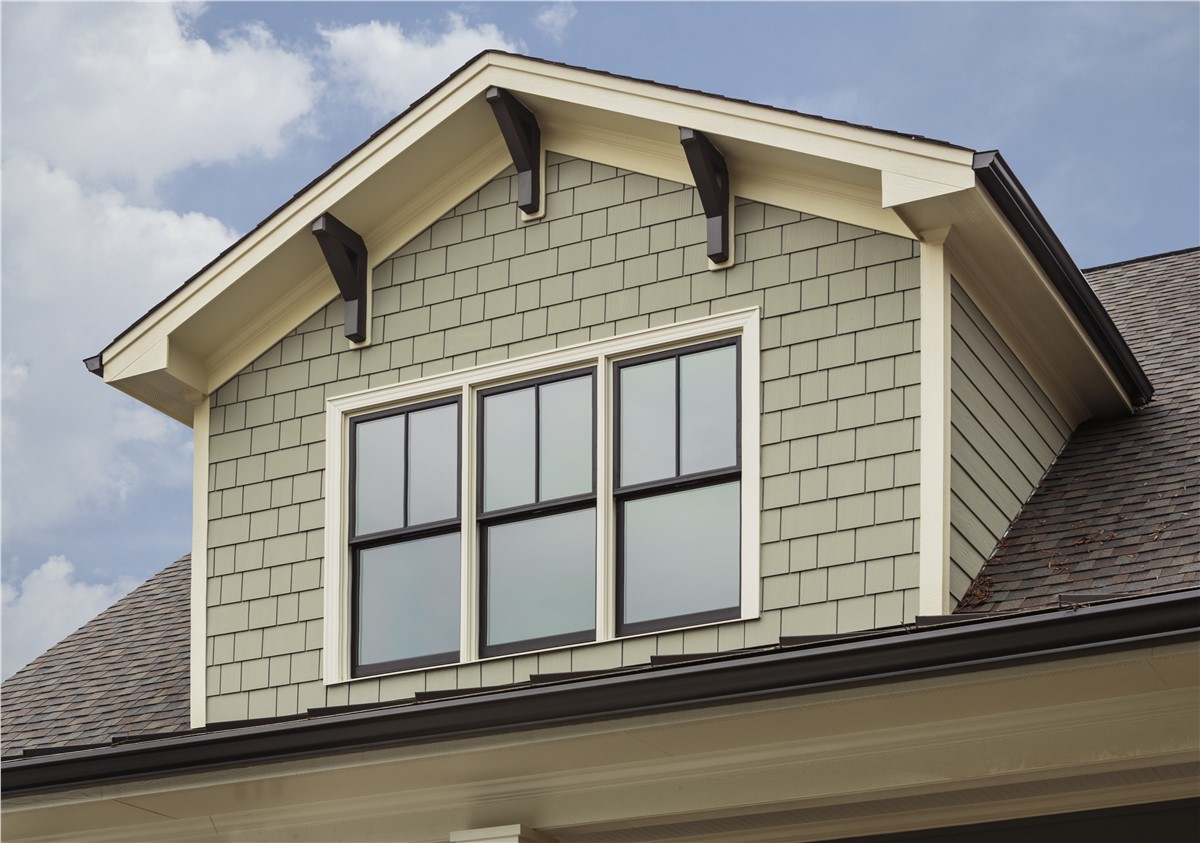
Proper maintenance on a home’s siding is critical to ensure that it lasts for decades. It will also keep your energy bills lower by ensuring that the cool air stays inside during the summer and the warm air stays inside during the winter. Inspecting your siding for compromised areas from time to time is a great idea so that any potential problems are taken care of before they become major issues.
Take a Closer Look at Your Siding
To get the best view of the siding on your house, you don’t necessarily have to climb up on a ladder. You can use binoculars to scan every board with your feet still on the ground. This can be tricky because it’s hard to get your bearings on a big wall of siding. But, if you have a digital camera with a good zoom, you can also get an excellent view. Zoom in as far as you can and take several pictures. To avoid having shadows in your shot, take pictures in the early morning (dawn), late evening (dusk), or during an overcast sky to yield the best lighting. Don’t forget the chimney and areas which connect to it, which are often a problem area. After you have taken several pictures, take them inside and look at them on your computer screen. Zoom in even more on places like nails, cracks, and seams. You may be surprised at what you find.Give your Wood or Composite Siding a Grade
The grading scale below is very subjective. For example, you can automatically drop two or more grades if animals or insects are living in or eating your siding. Or, your nails could be rusty without having popped out, which would affect your grade negatively.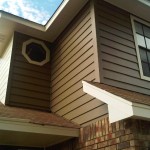 A (Excellent)
A (Excellent)
No nails are popping out. All vertical seams are caulked with no caulk separating. No paint is chipped, peeling, or fading. Boards are even and overlapping properly. No signs of damage from animals, insects, or trees. No stains, mold, or other signs of water damage.
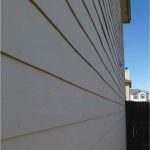 B (Good)
B (Good)
No nails are popping out. All vertical seams are caulked with no caulk separating, a little bit of wear might be showing on the caulk such as hairline cracks. Paint may not look fresh anymore, and may show some wear near areas that are highly used. Boards are evenly matched at seams and overlapping properly. Paint is not peeling. No signs of damage from animals, insects, or trees. Some minor staining that is only noticeable close up. No mold or water damage.
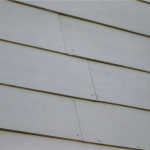 C (Average, Requires upkeep)
C (Average, Requires upkeep)
No nails are popping out, or only a few slightly becoming visible. Caulk at seams and joints may be showing wear such as cracking or shrinkage and need re-caulking. Paint may not look fresh anymore, and may show some age near areas that are highly used, and need touching up. Boards are even and overlapping properly. No signs of damage from animals, insects, or trees. Some minor staining that has built up over time. No mold or water damage is noticeable.
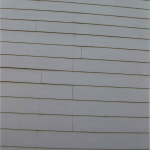 D (Needs Attention)
D (Needs Attention)
Nails are protruding from the siding in places and could be rusty. There may be cracks at joints. Caulk is cracking, separating at vertical seams, delaminating, and/or turning powdery. Paint is fading, and needs repainting. May be slight damage from wind or trees. Boards show signs of shifting and may not be matching up or overlapping properly. Water staining could be apparent and spots that could be mold or water damage have appeared. Weathering may show and the siding may look deformed in places, such as around nails. Siding could also look wavy when looking down a wall with your cheek next to it.
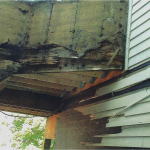 F (Needs Replacement)
F (Needs Replacement)
Nails are protruding from siding in several places. Seams are visible as caulk has worn away. Needs repainting. Boards could have shifted and are uneven or loose. There may be siding damage around nails as the boards slip. Nails may be rusty. Joints are separating. There could be staining and
visible water damage may or may not be apparent. The siding can appear wavy. Termite or rodent damage is evident.
Even siding that is showing minimal damage on the outside can be hiding large amounts of destruction on the inside. Any place where water can get inside should be repaired immediately, especially in San Antonio where moisture and heat can work together to rot even your house’s interior frame. Consistent inspection with a set of criteria like these will prevent any damage from building up too much over time.
Feel free to talk to an exterior designer at Southwest Exteriors to discuss your siding’s issues, and contact us directly with any further questions.
